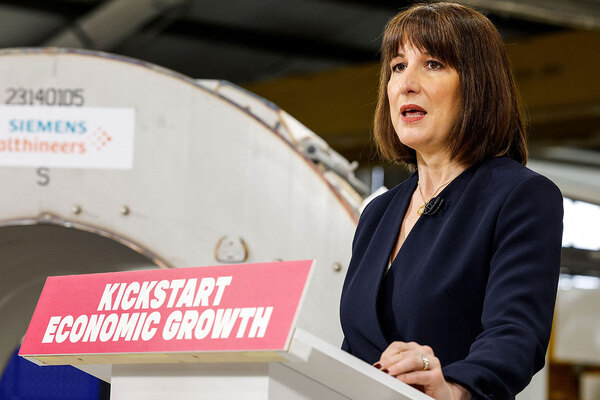You are viewing 1 of your 1 free articles
Warm Homes Plan – a step in the right direction?
Andy Piper, head of sustainability at Vivid, asks if the launch of Labour’s Warm Homes Plan will really effect the radical step change in policy that’s needed
As someone who’s seen their fair share of piecemeal energy-efficiency schemes come and go, I’ve long hoped for a government that would drastically increase its ambition on retrofit delivery. When Labour announced it would launch a new Warm Homes Plan, with a doubling of investment and a local authority-led, street-by-street approach, it was a relief.
The recent launch of the Warm Homes: Social Housing Fund and the parallel local authority grant scheme are clearly welcome. The allowance for devolved funding for combined authorities is a positive step and hopefully a sign of the government’s intentions for a more locally led approach.
But these incremental changes to funding policy won’t accelerate a move towards large-scale delivery at pace. Local authorities need the mandate and funding to coordinate a street-by-street approach, supported by a strong national plan and delivery agency. Without this, it’s difficult to see how the 27 million retrofits needed by 2050 will be achieved.
There could be significant benefits for housing providers from a more coordinated approach. Larger-scale projects could attract more government grants and prioritise electricity-grid investment to facilitate the decarbonisation of heat. We also know that a cross-tenure approach is more efficient and equitable.
Furthermore, there could be significant benefits for scheme delivery and cost efficiency through economies of scale and the sharing of marketing, retrofit design and procurement functions.
“These incremental changes to funding policy won’t accelerate a move towards large-scale delivery at pace”
We have three key suggestions for the government that could support this approach. First, the new Warm Homes Plan must feature a new warm homes agency. It should have responsibility for coordinating retrofitting nationally, distributing funding, and supporting landlords and the supply chain to increase capacity and delivery.
A national agency could also develop the workforce needed to deliver net-zero housing while addressing other significant barriers to retrofit delivery, such as marketing, planning policy and new funding models.
Second, local authorities should be mandated and funded to coordinate retrofit delivery in local areas. Local energy plans should be developed that identify the strategic priorities for cross-tenure retrofit investment in an area, as well as new energy infrastructure, such as improved grid capacity, microgrids and heat networks.
Third, government funding programmes should be designed to prioritise area-based, street-by-street, multi-tenure delivery. Funding could be consolidated into a single grant whereby bids can either be submitted by local authorities, housing associations, or both, with local energy plans used to identify need.
Autonomy should then be given to local housing stakeholders to, within financial limits set by the government, use grants to fund measures consistent with local housing archetypes and existing asset management plans.
“Government funding programmes should be designed to prioritise area-based, street-by-street, multi-tenure delivery”
Clearly, this approach would mark a significant change in the way retrofitting is planned and delivered. It will take time to develop the partnerships, working relationships and delivery models needed. But to prepare for the approach outlined in the Labour manifesto, this change needs to start now.
At Vivid, we’re talking to our local authority partners. We have significant retrofit plans in the next five years to start coordinating planning and delivery. We’re reviewing the data housing stakeholders hold, to understand local strategic priorities. We’re also formalising our long-term ambition to collaborate on energy efficiency, with commitment from the local authorities and Vivid at the executive level.
In the housing sector, we’ve talked for many years about how the UK’s housing stock is the oldest and coldest in Europe. Let’s hope that the launch of the Warm Homes Plan provides the foundations we badly need to support the retrofitting of 3,000 homes every day for the next 26 years.
It could be a once-in-a-generation chance to transform homes to benefit our customers, communities and the planet.
Andy Piper, head of sustainability, Vivid
Sign up for our asset management newsletter
Already have an account? Click here to manage your newsletters













